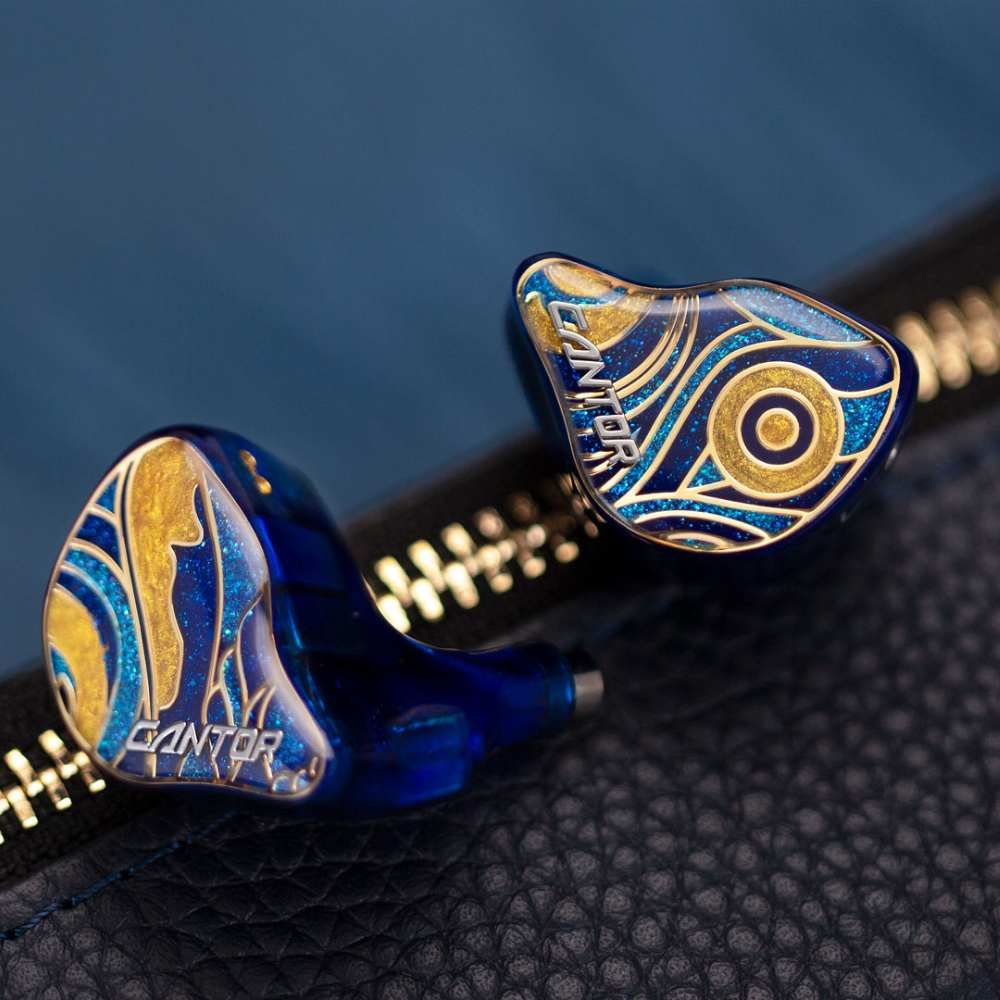Cantorvs.Project Meta
Sound & Specs Comparison
Information
Both IEMs are widely regarded in the audiophile community. See how they differ in terms of sub-bass response, upper mids, clarity, and overall tonality. Spider charts and rating breakdowns included.
Objective Comparison
Facts, details, stuff.
| General Info | Cantor | Project Meta |
|---|---|---|
| Brand | AFUL | CrinEar |
| Country | Taiwan | – |
| IEM Description | The AFUL Cantor combines technical precision with musicality in a hybrid design. Featuring a dynamic driver for powerful bass and multiple balanced armatures for clean mids and sparkly highs, it delivers a spacious soundstage with excellent separation. Tuning leans slightly toward a balanced-bright signature, making it a solid choice for detail lovers who still want some low-end punch. | A debut IEM by Crinacle's CrinEar: a compact, full-aluminum flagship tuned to a “tilted Diffuse Field + bass boost” curve. Delivers vibrant mids, warm sub-bass, and clear treble—crafted for musical accuracy and comfort. |
| Price Level | 500 – 1.000 | 100 – 500 |
| Housing & Driver | ||
|---|---|---|
| Driver Config | Multi-BA | Hybrid |
| Driver Types | Balanced Armature | Dynamic Driver + Balanced Armature |
| Shell Material | – | – |
| Cable | 4Braid 5N OFC Cable | – |
| Technical | ||
|---|---|---|
| Freq Range | – | – |
| Impedance (Ω) | 20 | – |
| Sensitivity (dB) | 106 | – |
| Crossover | RLC Network Electronic Crossover | – |
| Platform Info | ||
|---|---|---|
| Comments | 2 | 0 |
| Visit Count | 144 | 104 |
| External Reviews | 1 | 1 |
Meta Ratings
// Nothing to compare yet.
Sound Characteristics
Cantor produces sub-bass that is a more textured and present in cinematic or bass-heavy tracks (8.5 vs 6.3). It enhances basslines with a more energy and grip, giving them a livelier feel compared to Project Meta (9 vs 6.3). It adds a more body and slam to bass hits, which makes it feel more physical than Project Meta (8.5 vs 6.7). The lower midrange on It blends s more smoothly into the bass region, avoiding the disconnect found in Project Meta (8.5 vs 6.8). It strikes a s better balance between presence and smoothness in the upper mids compared to Project Meta (8 vs 6.2). Instruments like violins and brass are portrayed with b more brilliance on It, while Project Meta sounds slightly dull (8 vs 7.5). The highest frequencies on It feel a more natural and less rolled-off compared to Project Meta (7.5 vs 6.8). The stereo field on It feels d wider and more holographic, whereas Project Meta sounds more intimate (8 vs 6.3). With a higher resolution, It allows finer textures and room ambiance to shine more than Project Meta (8.8 vs 6.3). It separates instruments s more distinctly, helping complex passages remain coherent where Project Meta blends them (8.3 vs 6.7). Instruments remain intelligible on It even during busy sections, showing m better handling of masking than Project Meta (8 vs 6). It adds n more body and density to musical notes, enriching the overall texture compared to Project Meta (7.5 vs 6.3). It delivers dynamic shifts with a greater impact, making Project Meta sound comparatively tame (8.5 vs 6). It controls harsh sibilant peaks d more effectively, making vocals smoother than on Project Meta (8.5 vs 6.5). It renders timbres with a better harmonic balance, preserving the character of instruments more accurately than Project Meta (7.5 vs 6). It achieves n better tonal neutrality, avoiding colorations present in Project Meta (8.8 vs 6.3). It renders texture m more precisely, making instrument surfaces and vocal grain more palpable than Project Meta (8 vs 5.5).
| Cantor | Project Meta | |
|---|---|---|
| Sub Bass | 8.5 | 6.5 |
| Bass | 9.0 | 6.5 |
| Bass Feel | 8.5 | 6.8 |
| Lower Mids | 8.5 | 7.0 |
| Upper Mids | 8.0 | 6.5 |
| Lower Treble | 8.0 | 7.5 |
| Upper Treble | 7.5 | 7.0 |
| Sound Stage Width | 8.0 | 6.5 |
| Detail | 8.8 | 6.5 |
| Layering | 8.3 | 6.8 |
| Masking | 8.0 | 6.3 |
| Note Weight | 7.5 | 6.5 |
| Slam | 8.5 | 6.0 |
| Sibilance | 8.5 | 6.5 |
| Timbre Color | 7.5 | 6.0 |
| Tonality | 8.8 | 6.5 |
| Texture | 8.0 | 5.5 |
Tonal Signature
// Nothing to compare yet.

